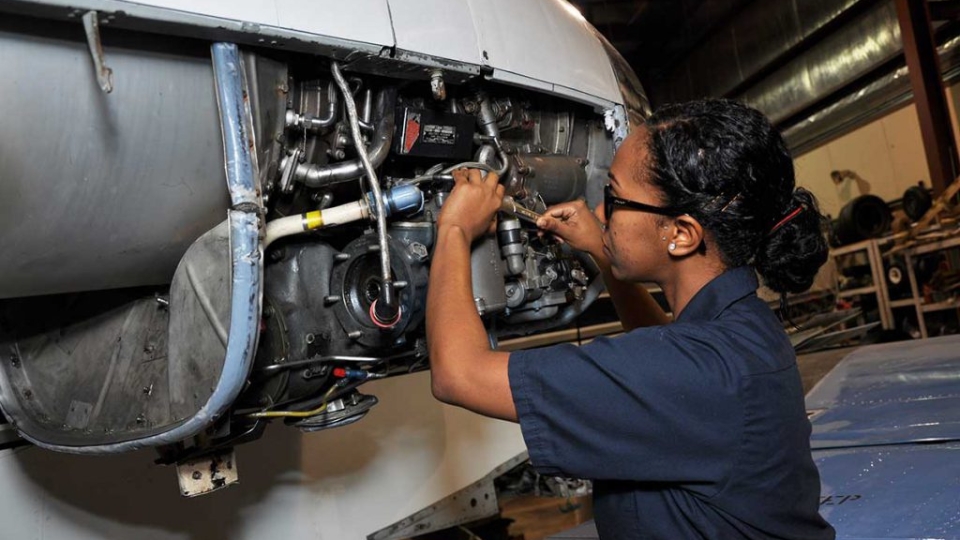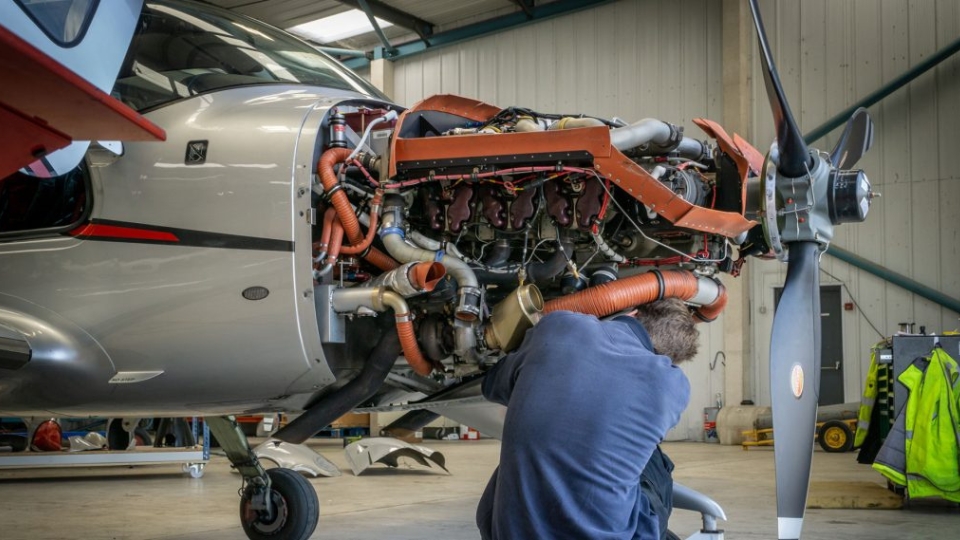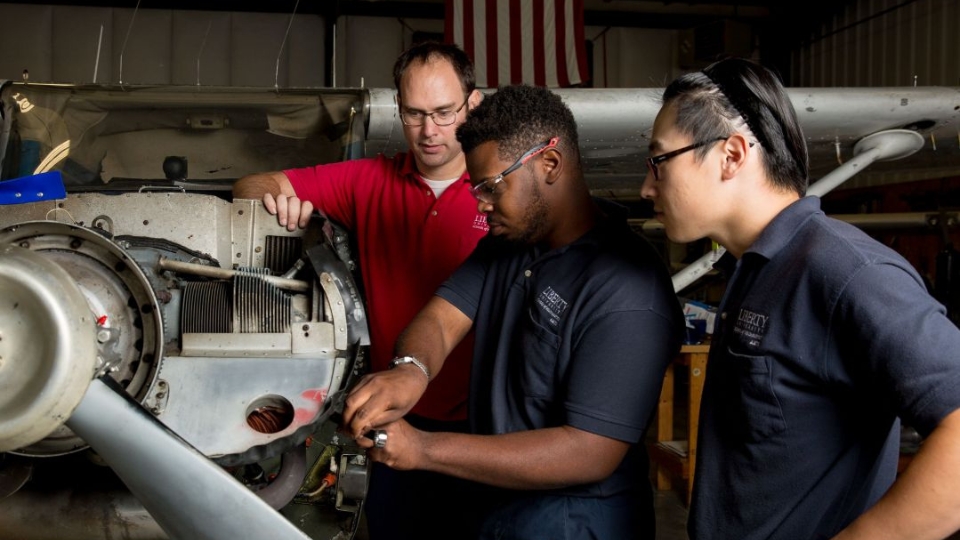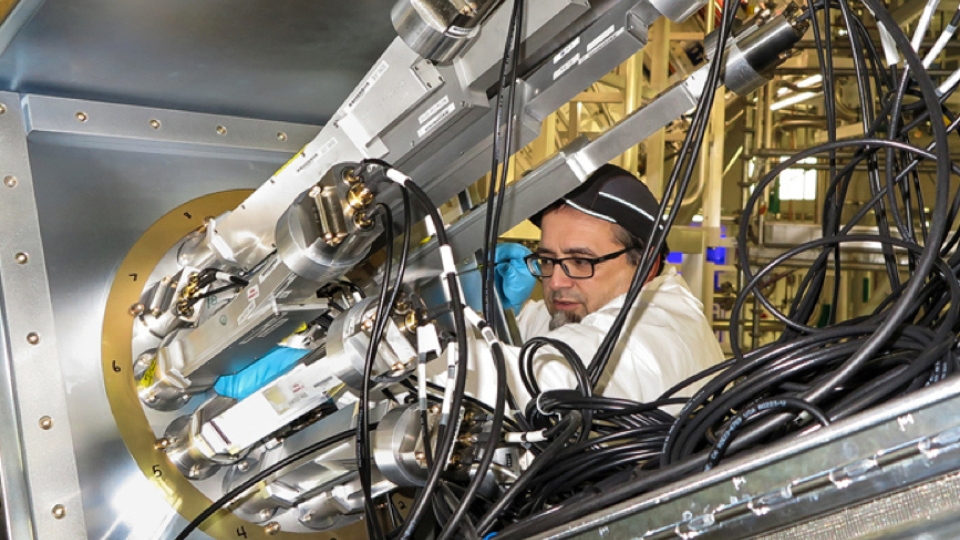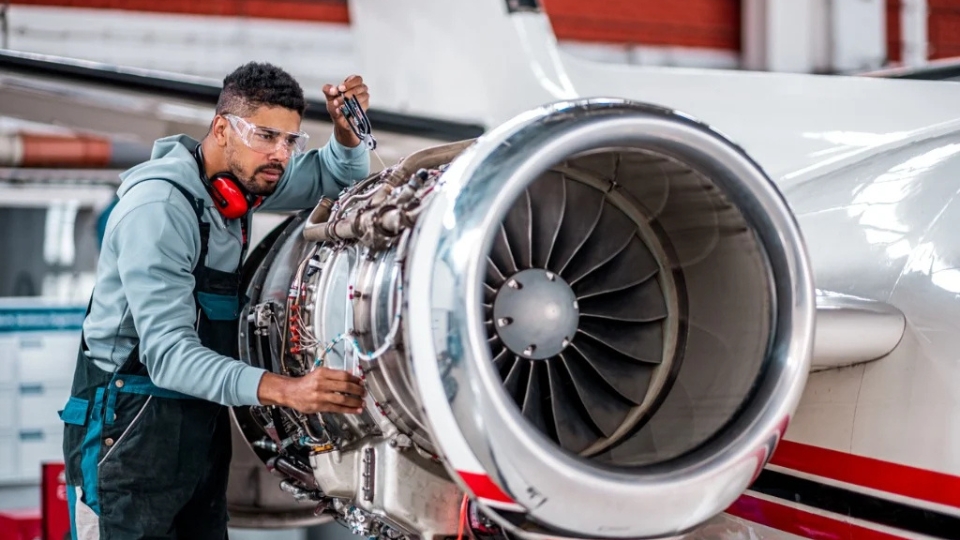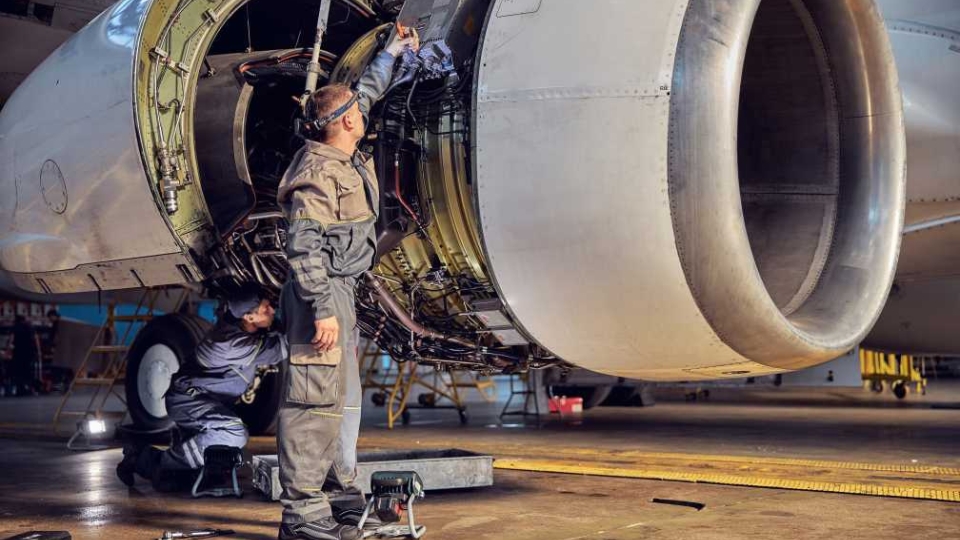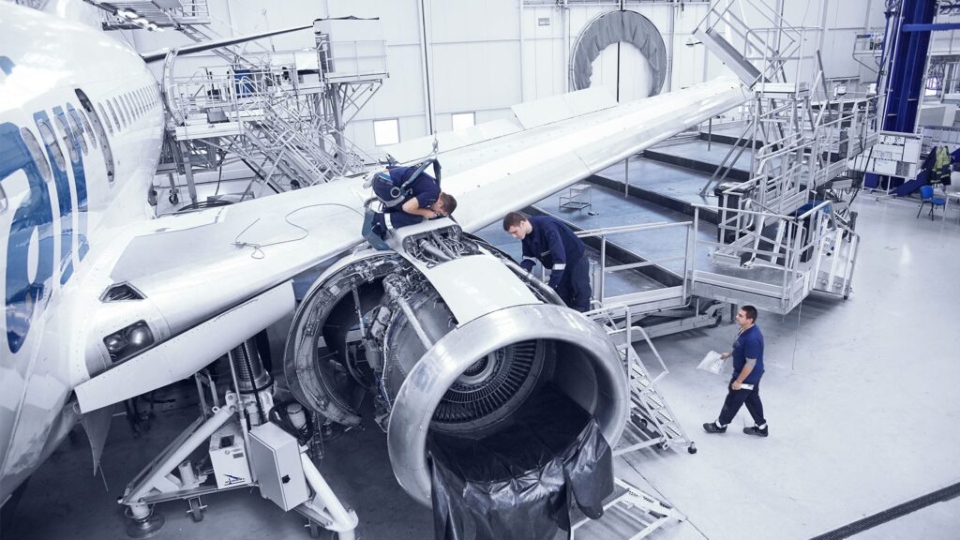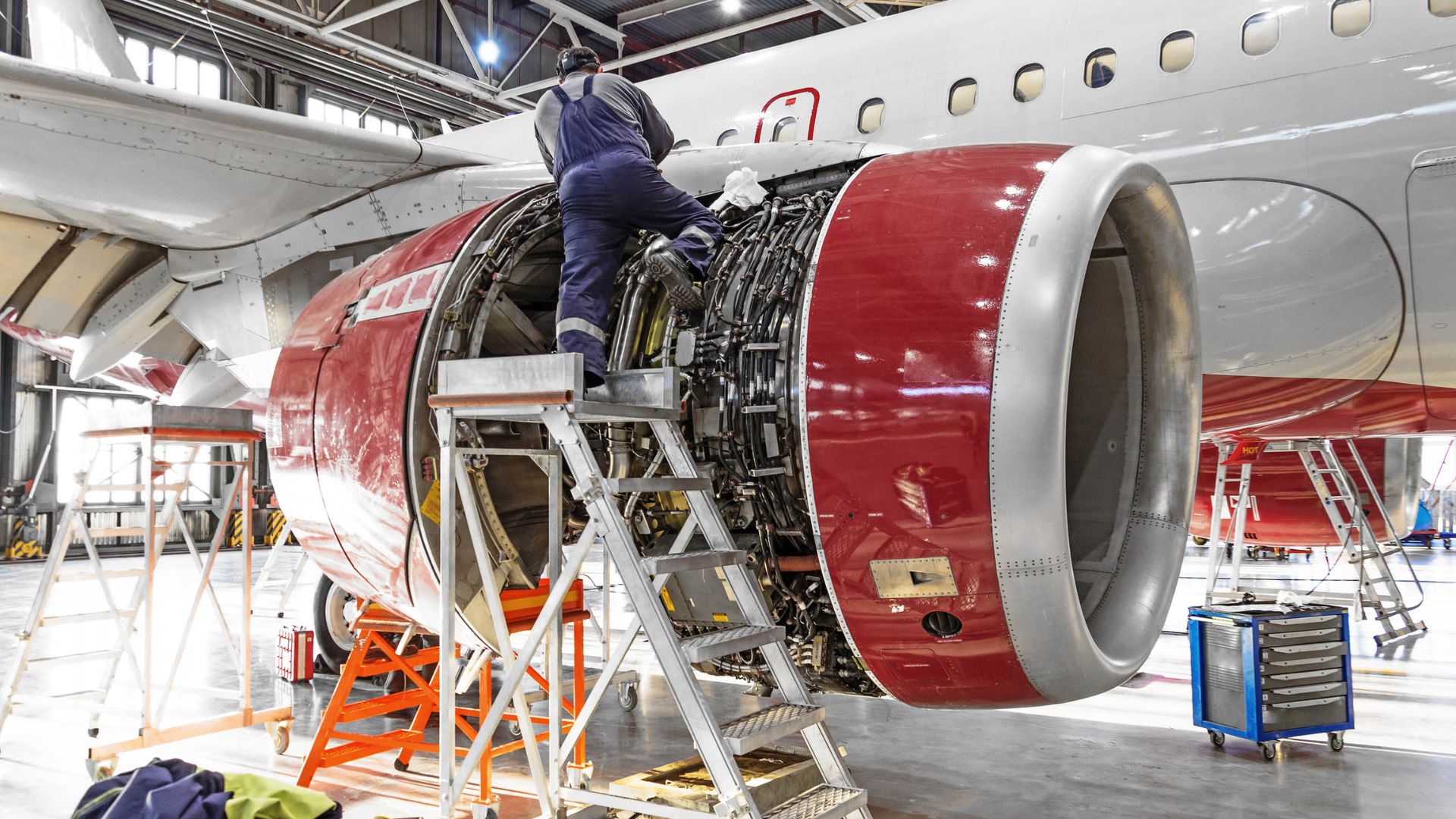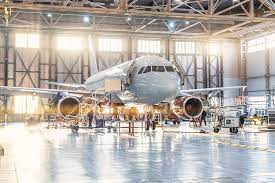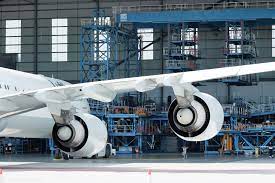Aircraft are complex machines that demand constant care to operate safely and efficiently. Maintenance teams rely on two core strategies to manage aircraft health: preventive maintenance and corrective maintenance. Though both serve the same goal—airworthiness—they differ significantly in timing, purpose, and approach. Let’s explore what these two types of maintenance involve, how they differ, and why both are vital in the aviation industry.
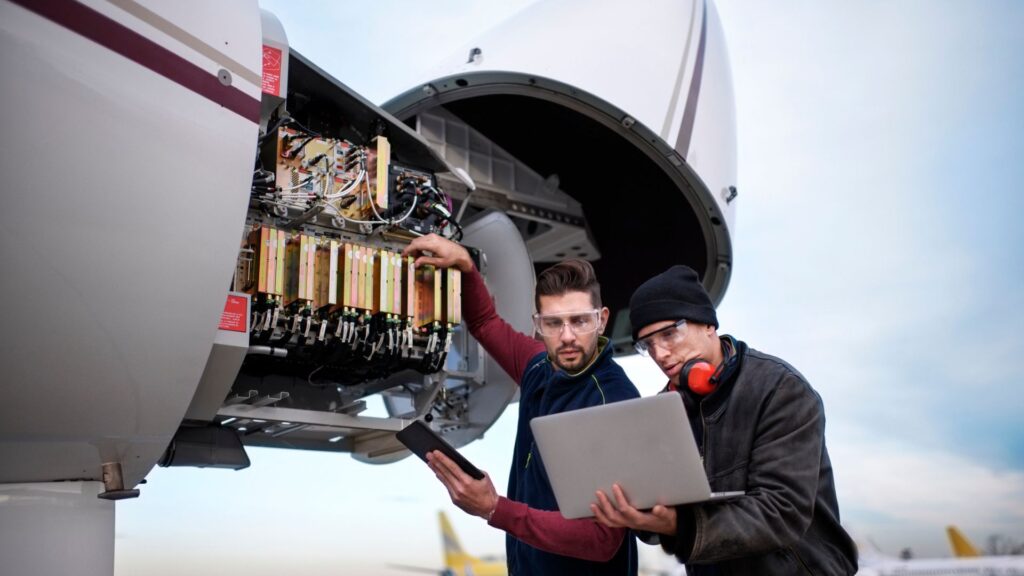
What Is Preventive Maintenance?
Preventive maintenance is performed before a failure occurs. It is a planned, proactive approach designed to reduce the risk of mechanical issues and ensure that aircraft systems remain in peak condition.
This type of maintenance is guided by:
-
Manufacturer recommendations
-
Regulatory requirements (e.g., FAA, EASA)
-
Aircraft usage data (flight hours, cycles, time intervals)
Common Preventive Maintenance Tasks Include:
-
Regular oil and filter changes
-
Inspection of control surfaces and landing gear
-
Checking hydraulic and fuel systems
-
Replacing worn parts before failure
-
Scheduled A, B, C, and D checks
By staying ahead of potential problems, preventive maintenance minimizes the chance of unexpected breakdowns and reduces costly delays or groundings.
What Is Corrective Maintenance?
Corrective maintenance, on the other hand, is performed after a fault or failure is detected. It’s a reactive approach to fix issues that arise during operation, inspections, or routine checks.
Corrective actions are triggered by:
-
Pilot reports (e.g., warning lights or abnormal behavior)
-
Visual inspections that reveal damage or wear
-
System failures during operation or ground runs
Examples of Corrective Maintenance Include:
-
Replacing a failed brake unit
-
Repairing a hydraulic leak
-
Fixing a malfunctioning cockpit display
-
Replacing a burnt-out light or cracked windshield
Although corrective maintenance is sometimes unavoidable, frequent reliance on it can increase operational costs and lead to safety concerns if not managed properly.
Key Differences Between Preventive and Corrective Maintenance
| Feature | Preventive Maintenance | Corrective Maintenance |
|---|---|---|
| Timing | Before failure occurs | After fault is detected |
| Purpose | To prevent failure | To fix issues or restore function |
| Approach | Scheduled and proactive | Unscheduled and reactive |
| Effect on Operations | Reduces downtime and delays | Can disrupt operations if unplanned |
| Cost Impact | Predictable, often lower over time | Potentially higher due to urgency or damage |
Why Preventive Maintenance Is Preferable
Most aviation organizations favor preventive maintenance because it:
-
Enhances safety by reducing the likelihood of in-flight malfunctions
-
Extends the lifespan of aircraft components
-
Improves operational efficiency by minimizing delays and cancellations
-
Offers predictable maintenance costs and better resource planning
Many airlines use Computerized Maintenance Management Systems (CMMS) and real-time aircraft data to schedule and optimize preventive tasks.
When Corrective Maintenance Is Necessary
While preventive maintenance is ideal, corrective maintenance cannot be completely eliminated. Unexpected wear, foreign object damage, weather-related issues, or even manufacturing defects can cause systems to fail between inspections.
In such cases, corrective maintenance becomes critical. Maintenance teams must respond quickly, isolate the problem, and ensure that all safety protocols are followed before returning the aircraft to service.
Integrating Both for Maximum Safety and Efficiency
Modern aviation doesn’t treat preventive and corrective maintenance as opposing strategies—they’re part of a comprehensive safety framework. By integrating both approaches, airlines and maintenance providers:
-
Maintain regulatory compliance
-
Optimize aircraft availability
-
Reduce the risk of incidents or costly downtime
-
Ensure passenger and crew safety at all times
In fact, predictive maintenance—a newer strategy—blends the strengths of both by using real-time data to perform maintenance only when needed, before failure occurs.
Conclusion
In aviation, safety is non-negotiable. Preventive maintenance keeps aircraft running smoothly, while corrective maintenance ensures quick recovery when problems arise. Together, they form the backbone of modern aircraft reliability.
By understanding and balancing both, aviation professionals can maximize aircraft performance, minimize risk, and keep passengers and crew safe at 35,000 feet.


